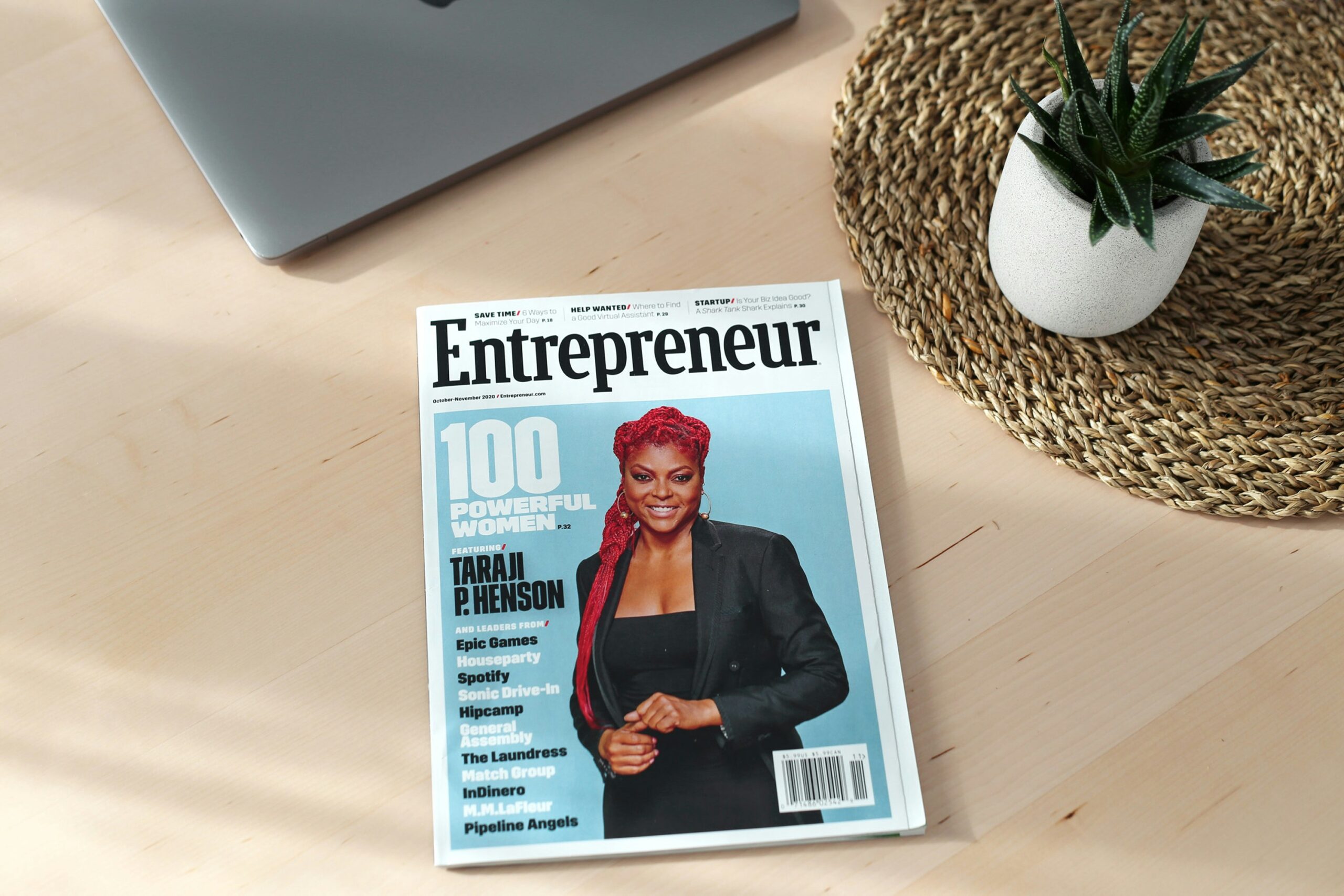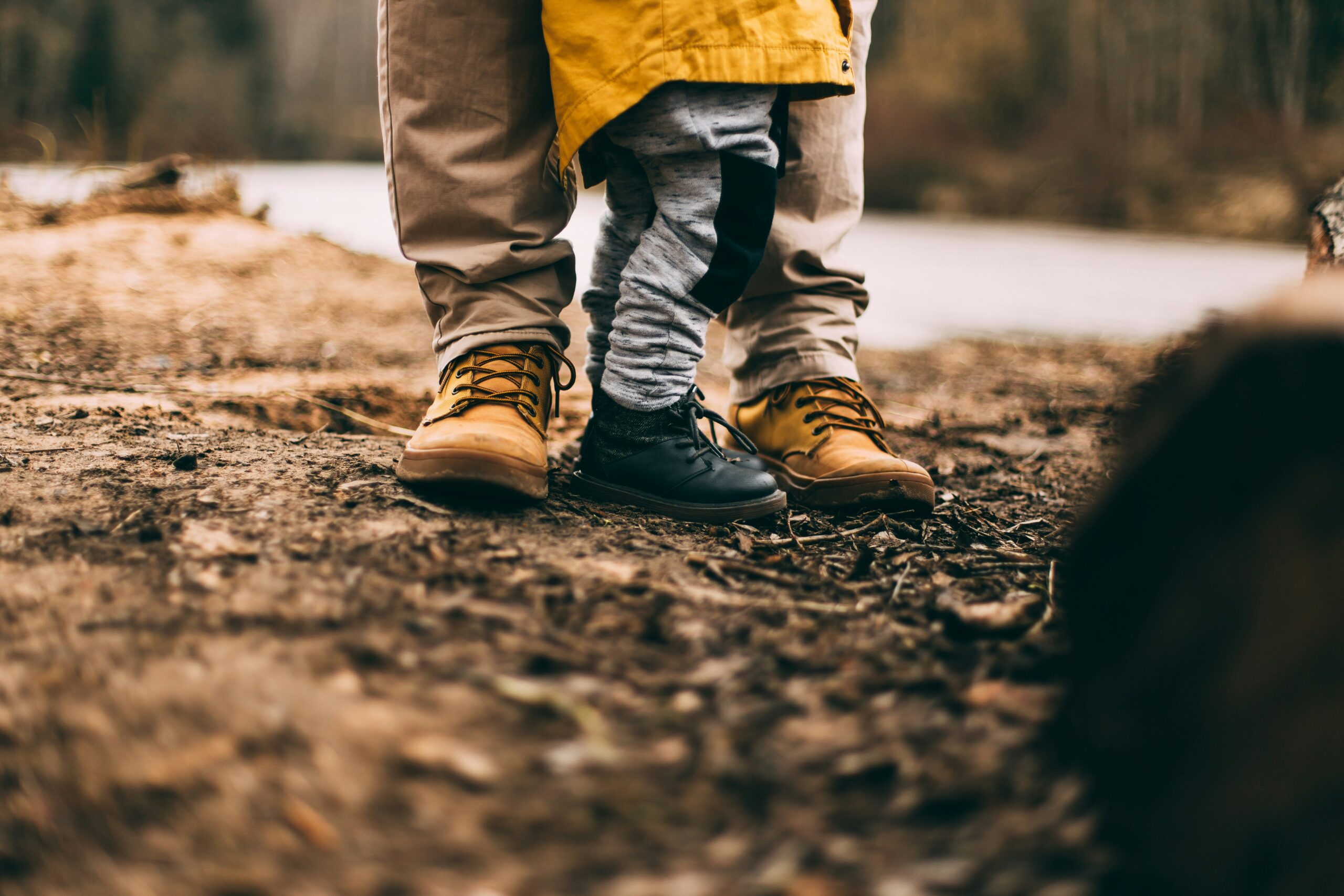Introduction to Butch Identity
The term “General Butch” encompasses so much more than just a label. It speaks to a way of being that challenges traditional norms around gender and sexuality. For many, identifying as General Butch is an expression of strength, confidence, and authenticity. This identity intersects with various cultural histories and personal narratives, creating a rich tapestry that represents resilience within the LGBTQ+ community.
As society continues to evolve in its understanding of gender roles and sexual orientation, the butch identity remains both dynamic and complex. It invites us to reflect on who we are while encouraging others to embrace their true selves without fear or hesitation. Join me as we embark on this deep dive into the world of General Butch—exploring its roots, expressions, challenges, and triumphs along the way!
Defining Gender and Sexual Orientation
Gender and sexual orientation are fundamental aspects of human identity. They are distinct but interconnected.
Gender refers to the roles, behaviors, and attributes that society considers appropriate for men and women. It’s a spectrum rather than a binary concept. Many people identify as male or female, while others may find themselves somewhere in between or outside these categories entirely.
Sexual orientation is about who you’re attracted to emotionally, romantically, or sexually. This too exists on a broad spectrum—ranging from heterosexuality to homosexuality, bisexuality, pansexuality, and more.
Understanding these definitions helps create space for diverse identities like General Butch. Recognizing this complexity fosters inclusivity within communities and challenges traditional norms that can be restrictive. Each individual navigates their own path through gender expression and attraction in unique ways that deserve respect and acknowledgment.
History of Butch Identity in the LGBTQ+ Community
The history of Butch identity within the LGBTQ+ community is rich and layered. It dates back to early 20th-century urban spaces, where individuals sought freedom from traditional gender norms.
Butches often embraced a more masculine presentation, challenging societal expectations for women. They carved out safe havens in bars and clubs that celebrated this expression.
During the mid-1900s, figures like Marlene Dietrich and James Dean became symbols of rebellion against strict gender roles. Their influence inspired countless individuals to explore their butch identities openly.
The Stonewall riots of 1969 marked a turning point for LGBTQ+ activism. This event empowered many butch individuals to stand up against discrimination and violence.
As time progressed, the term “butch” evolved too—becoming both an identity marker and a badge of resilience amid ongoing societal challenges. The journey continues as new generations redefine what it means to be General Butch today.
The Evolution of Butch Expression
Butch expression has transformed significantly over the decades. In the early 20th century, butchness often challenged traditional gender norms. It was a bold statement of identity and resistance against societal expectations.
As time progressed, visibility increased. The feminist movements in the 1970s embraced and celebrated diverse expressions of gender. Butches began to carve out their spaces within broader LGBTQ+ activism.
The emergence of queer culture in the late 20th century further diversified butch expression. Fashion choices became more varied, from classic suits to contemporary streetwear. This evolution allowed for greater personal interpretation.
Today’s discourse also includes intersectionality, emphasizing how race, class, and sexuality shape individual experiences. General Butch identities are now recognized as multifaceted and deeply personal journeys that continue to evolve with society’s changing landscape.
Intersectionality and Butch Identity
Intersectionality plays a crucial role in understanding butch identity. It’s not just about gender expression; it intertwines with race, class, and sexuality.
Butch individuals often navigate multiple identities simultaneously. A Black butch person may face different challenges than a white counterpart due to systemic racism. Each layer of identity influences experiences and perceptions.
Class also impacts how one expresses their butchness. Access to resources shapes visibility and acceptance within various communities.
Additionally, the intersection of disability can further complicate these experiences. Different bodies express gender in unique ways that society sometimes overlooks.
Recognizing these intersections fosters deeper connections among diverse individuals within the LGBTQ+ spectrum. The richness of butch identities becomes more evident when viewed through an intersectional lens, highlighting both shared struggles and distinct narratives worth celebrating.
Representation of Butch Individuals in Media and Pop Culture
Representation of butch individuals in media and pop culture has evolved significantly over the decades. Once marginalized and often caricatured, today’s portrayals are more authentic and diverse.
From television shows to movies, we see butch characters that reflect real-life experiences. They challenge traditional gender norms while showcasing a range of personalities beyond stereotypes.
Shows like “The L Word” introduced audiences to complex butch identities, leading to broader conversations about sexuality and representation. Furthermore, emerging platforms allow for independent creators who tell genuine stories about butchness.
Social media also plays a pivotal role in shaping perceptions. Butch influencers share their lives authentically, inspiring others with similar identities. This visibility fosters understanding within both the LGBTQ+ community and society at large.
As media continues to shift toward inclusivity, the portrayal of general butches becomes richer—highlighting strength alongside vulnerability in unprecedented ways.
Navigating Society as a General Butch Person: Challenges and Advantages
Navigating society as a General Butch person often comes with its own unique set of challenges. Many face stereotypes that can lead to misunderstandings or prejudices. The world may not always recognize the spectrum of masculinity, leaving some feeling marginalized.
However, there are advantages too. A strong sense of identity can foster resilience and confidence. This self-assurance allows many to challenge societal norms head-on.
Community support is also a significant advantage. Many find kinship within LGBTQ+ circles, creating safe spaces for expression and belonging.
The visibility of butch individuals contributes to broader discussions about gender fluidity and identity politics, paving the way for acceptance in diverse environments.
Navigating this landscape means embracing both difficulties and triumphs while advocating for authenticity in every aspect of life.
Celebrating and Embracing General Butchness
Celebrating General Butchness is about embracing authenticity. It’s a journey of self-discovery that many embark on with pride.
The essence of being General Butch lies in confidence and individuality. This identity allows for the exploration of gender expression without conforming to traditional norms.
Communities play an essential role in this celebration. Support networks provide safe spaces where experiences can be shared and celebrated. Events like pride parades highlight diversity, showcasing butch identities prominently.
Fashion becomes a canvas for expression, too. From tailored suits to vintage flannel shirts, style choices serve as powerful statements about who you are.
Embracing General Butchness fosters empowerment. It encourages individuals to reject stereotypes and define their own narratives within the broader LGBTQ+ spectrum. Each story adds richness to the tapestry of identity we share collectively.
Conclusion
Understanding General Butch identity offers a rich tapestry of experiences and expressions within the LGBTQ+ community. This exploration shows how gender and sexual orientation intertwine in unique ways, shaping personal narratives that deserve recognition.
The history of butch identity reveals resilience and evolution. From early representations to contemporary expressions, it reflects not only individual journeys but also wider societal changes. It’s essential to acknowledge the intersectionality present within this identity as well; race, class, and culture all play significant roles in defining what being General Butch means for different individuals.
Media representation continues to influence perceptions of butch identities. Whether in film or literature, these portrayals can either uplift or misrepresent experiences. Engaging with diverse stories contributes to a broader understanding while fostering acceptance.
Navigating society as a General Butch person brings its own set of challenges and advantages. While discrimination may arise, so too does strength from community support and shared experiences. Embracing one’s general butchness becomes an act of defiance against conventional norms.
Celebrating this identity isn’t just about visibility; it’s about empowerment through authenticity. By sharing stories and embracing diversity within the butch experience, we enrich our cultural landscape together.
The journey into understanding General Butch is ongoing—an evolving conversation that welcomes everyone willing to listen and learn from each other’s truths.











